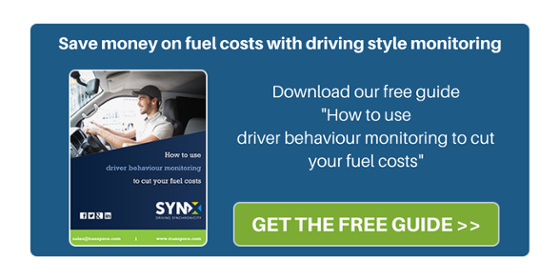
Fleet telematics solutions are widely appreciated these days as valuable tools, and definitely considered a must-have, since they are immediately effective in a variety of applications, whether it’s saving you money on fuel costs and managing safety, or scheduling maintenance and setting up walkaround vehicle checks.
Regarding the very first option: what are the features you should use, but might not be aware of, in order to save money on fuel costs and make your global fuel consumption drop?
Let’s have a look at them!
#1 - Fuel card dashboard and purchases
If you use fuel cards actively you are probably already aware of the practicalities of not distributing cash to drivers, but you might still be missing some control over usage: fuel cards usually allow companies to get a monthly invoice, or in the best case scenario even the use of an extranet, but this is still not giving you enough information in order to ensure the correct usage of cards. If you are using a complete fleet management software like SynX, it is easy to detect if fuel cards are misused—improper private or other use can be flagged by crosschecking which transaction match which vehicle to help keep purchases under control in real time. You might not often consider fuel theft, but it is actually something that happens more than you think, leading to time, money and, of course, fuel waste.
#2 - Consumption targets
You can monitor the fuel consumption of the entire fleet and each individual vehicle. Reports will determine how good the performance of the fleet and individual drivers is, or demonstrate whether you are consuming too much fuel and highlight the likely causes: driving style, maintenance, defective vehicles… SynX will provide the answers.
#3 - Safety alerts
Driving style has an impact on safety and on fuel economy as well—a safe driver consumes less fuel and is more environment-friendly. This is why we track specific patterns of dangerous driving behaviour: speeding, rapid acceleration and harsh braking as well as idling. If you can access this information you are then able to train your drivers and make them switch to a safer driving style—your global fuel economy will be noticeably different!





